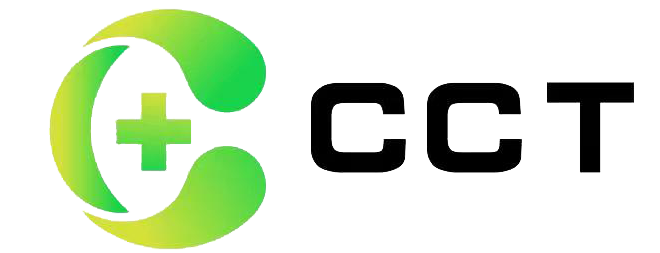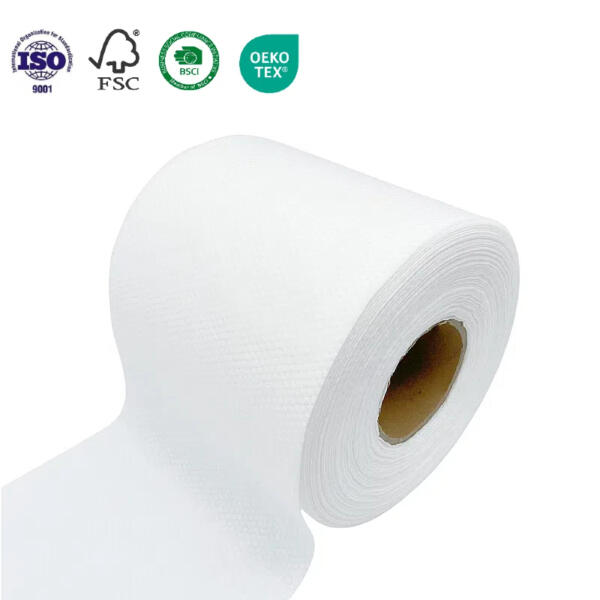Recently, we’ve received many questions from followers asking: “Is spunlace fabric really biodegradable?” Great question! As a rising star in the eco-friendly world, spunlace fabric has sparked both interest and confusion. Today, let’s dive deep into the facts about spunlace fabric – by the end of this article, you’ll have all the answers!
1. What Exactly Is Spunlace Fabric? Let’s Get to Know It
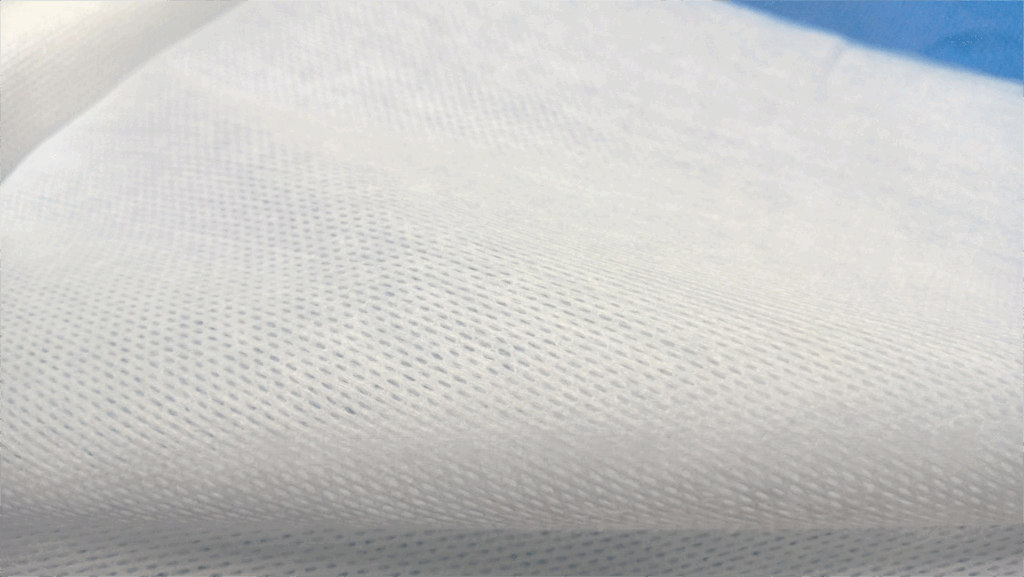
Spunlace Nonwoven fabric might sound sophisticated, but it’s essentially a type of non-woven material. Its manufacturing process is fascinating – high-pressure water jets entangle fibers together, completely bypassing traditional spinning and weaving methods!
This material is currently trending in:
- The wet wipe industry (your makeup remover pads might be made of it)
- Medical supplies (surgical gowns, mask inner layers)
- Household cleaning products (disposable wipes)
2. Is Spunlace Fabric Biodegradable? It All Depends on the Material!
Here’s the key point! Whether spunlace fabric can biodegrade completely depends on its “inner beauty” – what fibers it’s made from.
1. Natural Fiber Spunlace: Eco-Friendly Angels
- Cotton spunlace: Microorganisms can “digest” it in 3-6 months
- Viscose fiber spunlace: From nature, returns to nature
- Wood pulp spunlace: A gift from forests, friend of the earth
Under composting conditions, these types can fully degrade within months, ultimately turning into carbon dioxide and water, truly achieving “dust to dust.”
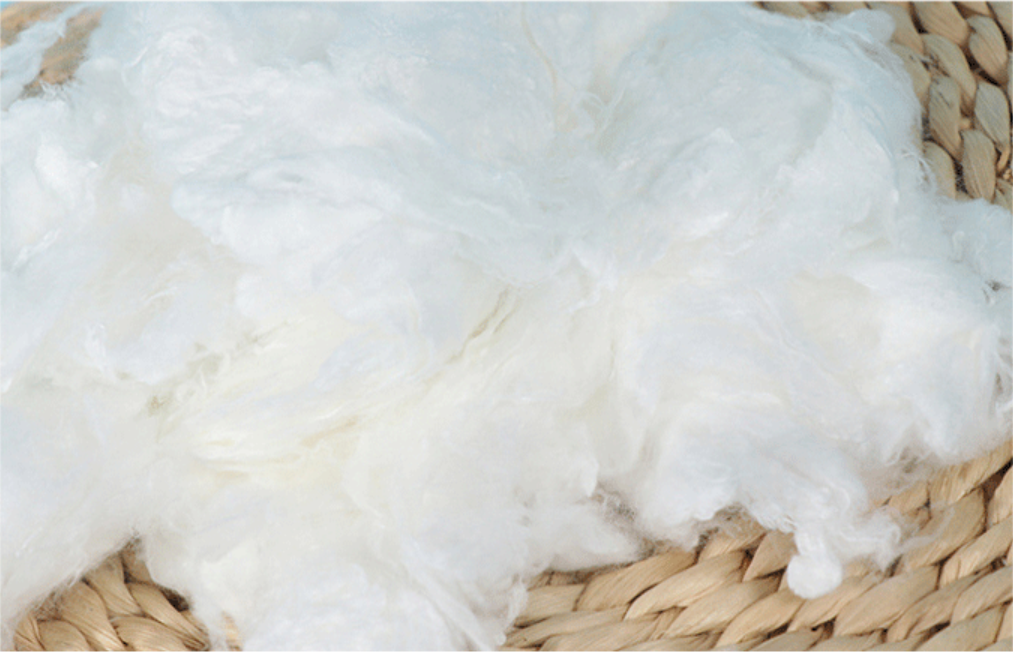
2. Synthetic Fiber Spunlace: The Stubborn Ones
- PET spunlace: Might take over a century!
- PP spunlace: Microorganisms just can’t handle it
- Mixed materials: Difficulty level multiplies
These “plastic-based” spunlace fabrics hardly degrade in natural environments, remaining intact in landfills for centuries. Incineration produces harmful gases – an environmental disaster!
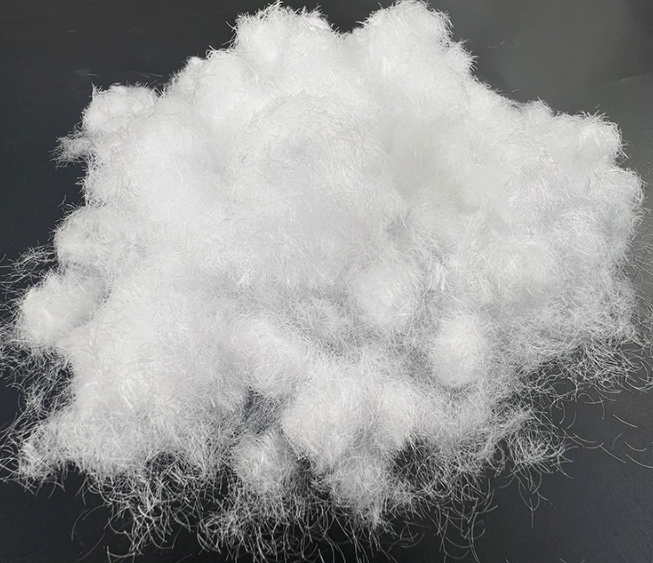
3. How to Identify Biodegradable Spunlace? 5 Expert Tips
- Check Labels: Look for these certifications
- OK compost (industrial composting)
- Seedling logo (compostable)
- Domestic biodegradable material labels
- Feel the Texture: Natural fibers are usually softer and fluffier
- Burn Test (with caution):
- Natural fibers: Smell like burning paper, crumbly ash
- Synthetic fibers: Plastic smell, hard lumps
- Compare Prices: Biodegradable versions typically cost 20%-50% more
- Check Ingredients: The fiber composition list on products is most reliable
4. Eco-Friendly Usage Guide for Spunlace Products
Even with biodegradable spunlace products, improper use defeats the purpose! Here’s how to do it right:
✔️ Proper Waste Sorting:
- Biodegradable → Wet waste/Kitchen waste
- Non-biodegradable → Other waste
✔️ DIY Composting Tips:
- Cut used cotton spunlace into pieces
- Mix with kitchen waste at 1:3 ratio
- Turn regularly – becomes fertile compost in 2-3 months
✔️ Even Greener Alternatives:
- Reusable bamboo fiber cloths
- Organic cotton handkerchiefs
- Natural sponges
5. Industry Updates: A Promising Future!
Good news! Many companies are developing:
- PLA spunlace: Made from corn starch, fully degrades in 180 days
- Alginate fiber spunlace: Ocean gift, degrades even in seawater
- Nanocellulose spunlace: High strength and eco-friendly
A leading international brand recently launched “30-Day Disappearing Wipes” – tests show over 85% degradation in home compost within 28 days. Now that’s real sustainability!
6. Q&A Time
Q: Can “biodegradable” spunlace wipes be flushed?
A: Absolutely not! Even biodegradable products need specific conditions and can still clog pipes. The exception is that flushable toilet wipes that use a special process are flushable into the toilet.
Q: Why are biodegradable spunlace products more expensive?
A: Higher material costs + complex production. But prices are dropping with technological advances.
Q: Which is more eco-friendly: spunlace or regular non-woven?
A: It depends on materials! With same materials, spunlace process is more water/energy efficient.
Final Thoughts
After reading this, you must have a new understanding of spunlace fabric! On our eco-journey, every small choice matters. Next time you shop for related products, remember to check the ingredient list – it’s a small act for our planet!
[Disclaimer: Some data comes from China Nonwovens & Industrial Textiles Association 2025 report. Degradation tests reference ISO 14855 standards]
Last but not least is to introduce us, a spunlace fabric manufacturer originated from China, if you have the intention of wholesale customisation, we are willing to cooperate with you for a long time with good quality and low profit.
ISO-Certified Spunlace Non Woven Fabric Manufacturer
FSC+OEKO-TEX Certified Skin Safety Spunlace Nonwoven
Dust-free workshop spunlace non-woven production
China factory directly sells, with competitive prices
International ISO9001 factory production certification
Custom Differentiated Functional Materials for your products
Intelligent stain detection system reduces defects
Email:info@topnowoven.com
